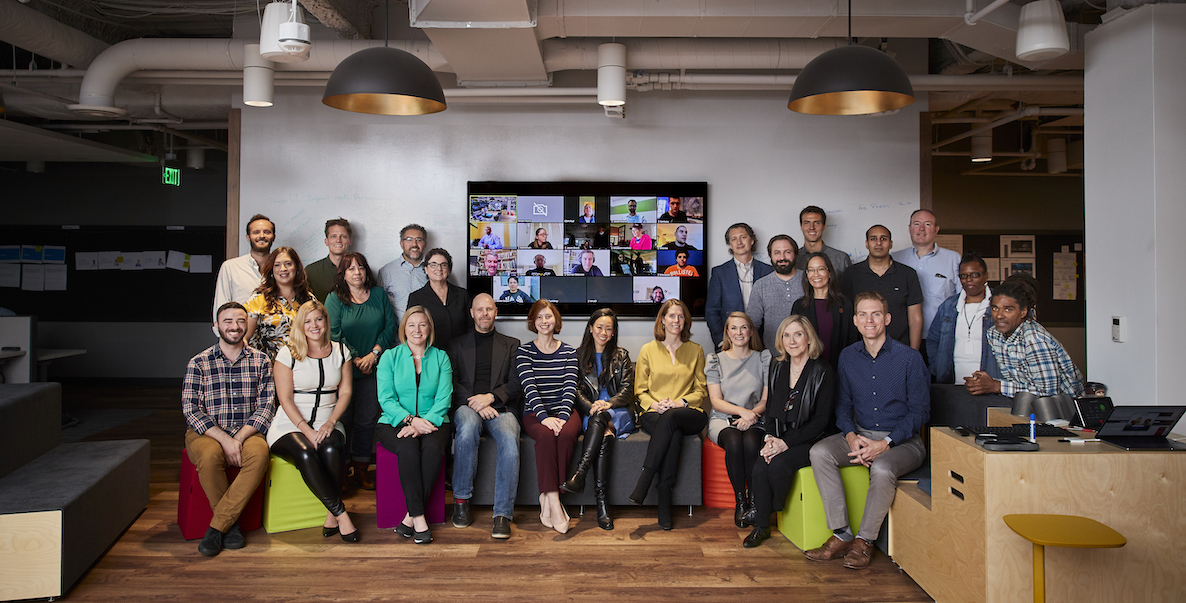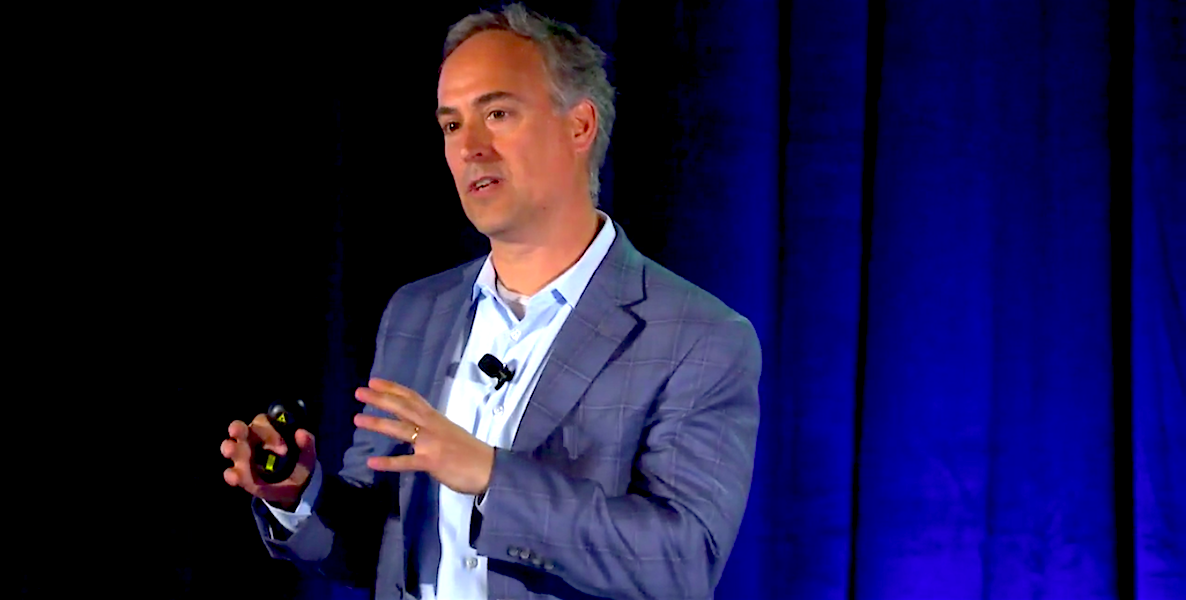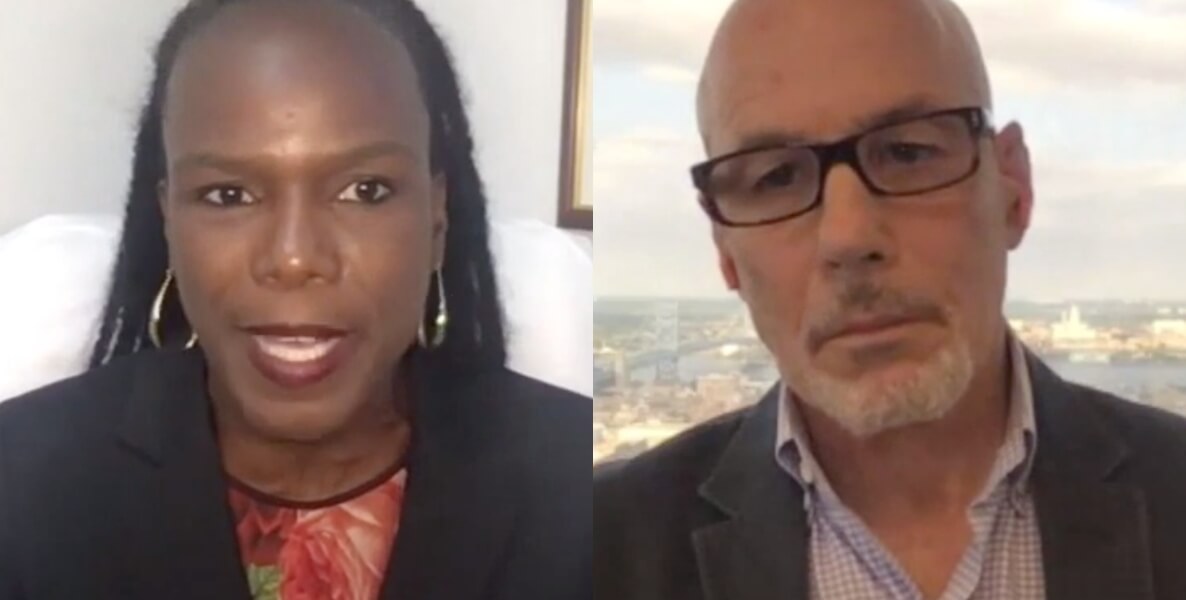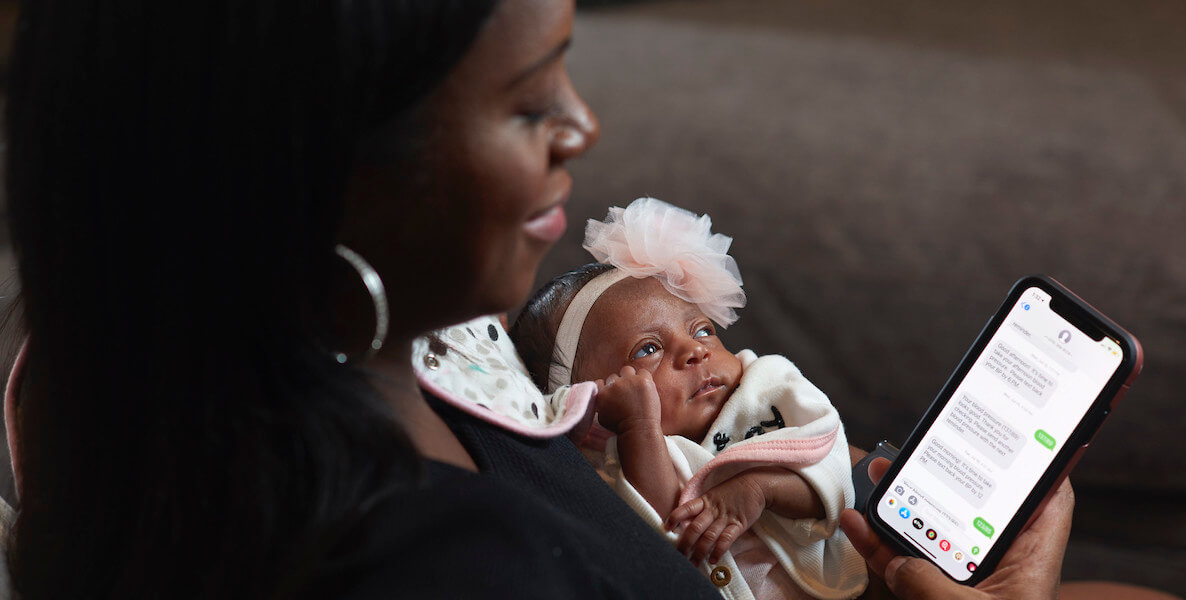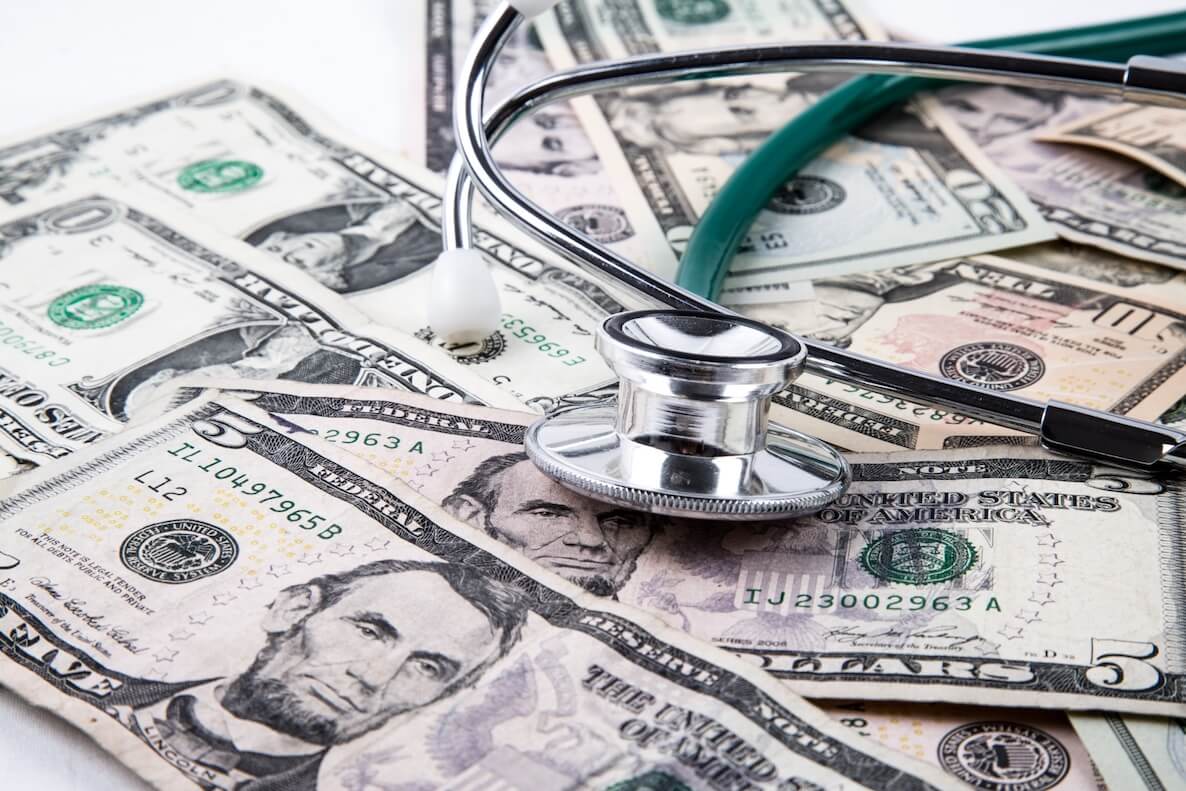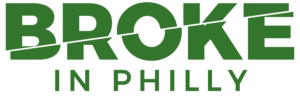Over to this story in CitizenCastListen
A 54-year-old single mom, Shaeffer had bills that stemmed from injuries her now grown son suffered as a child; from doctors appointments to treat her early-onset osteoporosis; from a three-year-old emergency in which she stopped breathing and had to get an ambulance to the hospital.
Every month for years, bills arrived; she paid a few dollars here and there, but mostly, she glanced at them anxiously and put them aside. “I’m paycheck to paycheck, and don’t have money for extra bills,” Shaeffer says. “It’s not like I’m a bad person. I just don’t make a lot.”
Relieve debtDo Something
“I happened to get that letter two weeks after I ran from an abusive relationship,” says Shaeffer. “I literally started crying. It was the best thing that happened to me in a long time.”
In the last five years, RIP Medical Debt has zeroed out over $2 billion in medical bills averaging about $1,200 each, for more than 650,000 families; they are aiming to hit $3 billion by the end of 2020.
That day, Shaeffer joined thousands of other Americans in all 50 states who have had their hospital bills wiped clean by RIP Medical Debt, a nonprofit started by two former debt collectors, Craig Antico and Jerry Ashton, in 2015. In the last five years, using small and large donations, Antico and Ashton have zeroed out over $2 billion in medical bills averaging about $1,200 each, for more than 650,000 families; they are aiming to hit $3 billion by the end of 2020.
They do it by adapting the same method they used as bill collectors throughout their careers: They pay hospitals a fraction of what’s owed for a bundle of unpaid bills. Then, rather than collecting the money from patients, as they used to do, they forgive the debt. “We became,” Ashton says, “predatory givers.”
And, Antico adds, “I’m happier than I’ve ever been.”
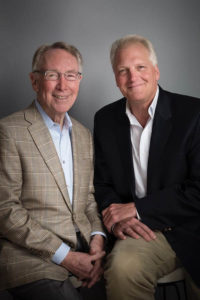
All across America, there is some $300 billion in medical bills that are outstanding and can’t be paid, according to Antico. Much of that is at hospitals, which are willing to sell off the debt in bulk at a discounted rate to collections agencies in order to recoup at least some of their money; even a fraction of something is better than nothing, after all. This discounted rate is not available to consumers because, for instance, a $100 payment on a $10,000 bill would not be worth it to a hospital. But RIP Medical Debt buys in bulk, at a minimum of $10,000 per transaction—a threshold that just satisfies hospital accountants. That allows for huge debt relief: Every $1 the company pays is worth $100 in money owed.
That is especially good news for patients who have their debts forgiven just by virtue of being in the group of bills RIP Medical Debt bought from a medical provider. They don’t have to apply. To qualify all they need is to owe money; be two times below the poverty rate; have assets worth less than their debt; or have a hardship such as paying 5 percent of annual income for out of pocket expenses
Those qualifications apply to far too many Americans. According to a 2016 New York Times/Kaiser Family Foundation survey, one in four Americans struggled to pay a recent medical bill. A more recent survey puts that number even higher—at one in three Americans, or 137 million people. In the Philadelphia area alone, according to an NBC10 report two years ago, 1.1 million people owe $631 million in medical debt.
Our healthcare woes (and solutions)Read More
The consequences go beyond just financial. The burden of debt causes anxiety, shame and the sort of absurd choices that come to define a household—health care bill or medicine, food, rent. “It’s stressful, there’s a stigma attached to it, and the bills are so high we can’t even expect people to pay it,” Antico notes.
Antico and Ashton both spent their careers as debt collectors, in an industry where more than 50 percent of all debt is medical. Ashton worked in the field for about 40 years, mostly helping doctors’ offices collect on their bills. “I always felt that we were the guys with the white hats,” he says. “These doctors were small business owners, who needed to be paid so they could pay their own bills.”
on Bill Bradley's radio showRIP Medical Debt
“The storyline was righting wrongs, showing the financial disparity and horridness of that, that it had to change,” Ashton recalls. “Craig and I looked at each other and thought, this is a good place to start.”
Ashton set about reconfiguring the software he used to collect debts to pinpoint those most in need and instead send them forgiveness letters. They launched with their own money and money from a founding board member, Robert Goff. Now, many of their buyouts come from crowdfunding efforts at churches and other community groups that RIP Medical Debt helps to run.
“It takes communities to make this happen,” says Antico. “It’s something people can do, and it galvanizes them every place we’ve gone.”
In Cincinnati, for example, the megachurch Crossroads recently raised money from its congregation to wipe out more than $46 million in medical debt for 45,000 people in Ohio, Kentucky and several other areas. NBC/Telemundo ran a campaign at stations around the country in 2018 that targeted about $631 million in medical debt—including in the Philadelphia region, where the station eliminated more than $2 million owed by local patients.
“It takes communities to make this happen,” says Antico. “It’s something people can do, and it galvanizes them every place we’ve gone.”
RIP Medical Debt has several open campaigns from all over the country and also operates a general fund to which donors can contribute, and which Antico and Ashton use to target certain areas or populations: Houston after Hurricane Harvey, first responders and, now, areas and people hit hardest by Covid-19.
And they want to do more: They’ve launched two research projects to help determine the way they can be most effective moving forward; they wrote a book with Goff called End Medical Debt: Curing America’s $1 Trillion Unpayable Healthcare Debt, which unpacks the myriad problems with and solutions to the American healthcare system; and, along with academics from University of Chicago, UCLA, Berkeley and MIT, they bring together activists, debt collectors, government officials, nonprofits and hospitals for an annual Economic Impact Summit to address the same issues.
“We see our role as bigger than buying debt and forgiving it—that’s like sweeping up after the parade,” says Ashton. “This is a social challenge because the system is broken—it’s not even a system. All these players have a role in making us get well. What’s not been part of this is addressing financial impact and cost.”
This is—in case you didn’t already realize it—a uniquely American problem. Our $3.5 billion healthcare industry is the most expensive in the world, made up of uneven costs, a patchwork of insurance plans and a baffling array of holes that leave millions of people with burdensome debt just for trying to get well.
Penn Law School Professor Allison Hoffman, who specializes in healthcare financing, says this is for three particular reasons:
-
- Despite the Affordable Care Act, about 10 percent of Americans under 65 are still uninsured, so have to pay out of pocket for every medical expense—often when they end up at the Emergency Room for issues they didn’t or couldn’t address at a doctor’s office. “That’s the most dangerous and unprotected category,” Hoffman says.
- Thousands of Americans are under-insured. Even with their coverage, they could end up paying a large share of costs, either because they have a deductible as high as $5,000 a year—unaffordable for many—or because their plan requires they pay a share of the cost, sometimes 20 percent of the bill.
- Patients face “surprise medical bills” because they have unwittingly ended up with a doctor who is not in their insurance network. Even Hoffman faced this recently on the verge of surgery. During a pre-operative appointment on Friday for a procedure the following Monday, she was alerted that the anesthesiologist would be out of network. “I had to decide that day, Do I do this, or not?” Hoffman says, noting that it is not necessarily the norm to even get that information. “I could have ended up with the full cost of that without even knowing it.”
Plus, there’s the incredible fact that hospitals have lower negotiated rates for those with insurance than those without—so people who already can’t afford insurance are hit with bills sometimes magnitudes higher than those with insurance. “It’s not rich people who are uninsured,” Hoffman notes. And even negotiated rates are inflated compared to the cost of healthcare around the world.
“In other countries, there’s a more rational way of pricing healthcare,” she says. “There, if you’re left with a bill, you can pay for it. Here, you can’t.”
This systemic problem will not be solved by RIP Medical Debt—at least not alone. But the lesson, for and from Ashton and Antico, is that they are not alone in this. They are just one part of a solution making life a little easier for hundreds of thousands of people.
“We’re proof that if you can change one person’s mind, they can go out and do magnificent things,” Ashton says. “It doesn’t have to be us vs. them. We just need key people to make change.”
The Citizen is one of 20 news organizations producing Broke In Philly, a collaborative reporting project on solutions to poverty and they city’s push towards economic justice. Follow the proect @brokeinphilly.



